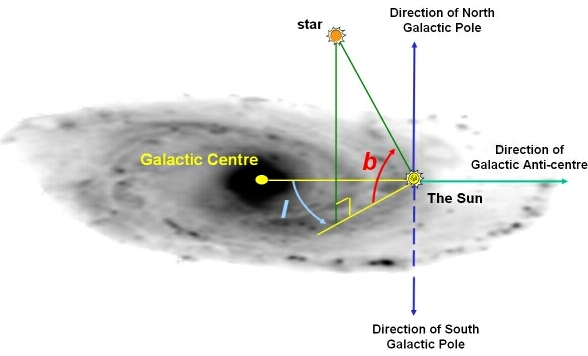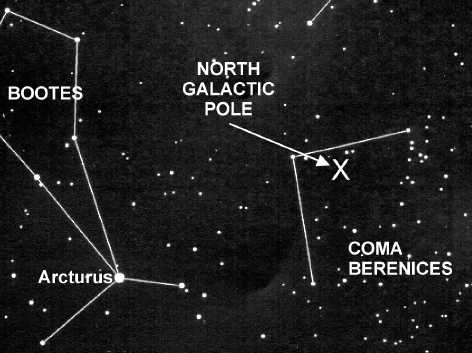THE SOUTHWORTH PLANETARIUM
207-780-4249 www.usm.maine.edu/planet
70 Falmouth Street Portland, Maine 04103
43.6667° N 70.2667° W
Altitude: 10 feet below sea level
Founded January 1970
Julian date: 2458736.5
2019-2020: VI
"Life isn't about finding yourself. It's about creating yourself."
-George Bernard Shaw
THE DAILY ASTRONOMER
Tuesday, September 10, 2019
The Setting Pole
Today we'll focus on a sight we actually can't see.
Well, yes, that does seem rather pointless, doesn't it? However, the purpose of this exercise isn't to admire one of the myriad celestial wonders floating in the void around Earth. The aim is to get our bearings in the Milky Way Galaxy, that immense maelstrom of nearly 300 billion stars through which our solar system is rapidly moving at 143 miles per second. The image below depicts the galaxy as envisioned by artist R. Hurt at Cal-Tech.
.jpg%22&N=1024px-Artist's_impression_of_the_Milky_Way_(updated_-_annotated).jpg)
Home: A Cal Tech artist created this image of the Milky Way Galaxy. Our Solar system
is located along the "Orion Spur" within the Orion-Cygnus Arm. The Milky Way is a
barred spiral galaxy whose main structure consists of curling arms protruding out of a
central "bar." Image: NASA
Our solar system is about 26,080 light years from the nucleus, a region harboring a super massive black hole within the area of Sagittarius. When one looks at the constellation Sagittarius, one is observing the central part of the galaxy. Or, more correctly, the highly obscured region surrounding the nucleus. One can find the star-rich region of Sagittarius this evening in the southwestern sky.
Today, however, we want to focus on the North Galactic Pole: the line of sight that directs our gaze out of the galactic plane and into the wild black yonder of extra galactic space. The next image depicts another artistic impression of the North Galactic Pole, or at least the direction toward it. As we humans haven't even ventured half a million miles from Earth, let alone to another planet or out of the solar system, we can't provide any direct views outside the Milky Way Galaxy.

Looking toward the North Galactic Pole is as easy as looking at the constellation Coma Berenices, the "hair" star pattern to the west of Arcturus, the bright star one will find in the western evening sky tonight.
Coma Berenices will soon be setting into the dusk and with it shall go the North Galactic Pole. Unlike the North Celestial Pole, which is marked approximately by Polaris, the North Galactic Pole has no prominent marker. Just first find Arcturus and then look to the northwest to see a dark area above it. That nothingness will be the open area perpendicular to the galactic plane: into the boundless deeps of extragalactic space.

TO SUBSCRIBE OR UNSUBSCRIBE FROM THE "DAILY ASTRONOMER" LIST-SERVE: